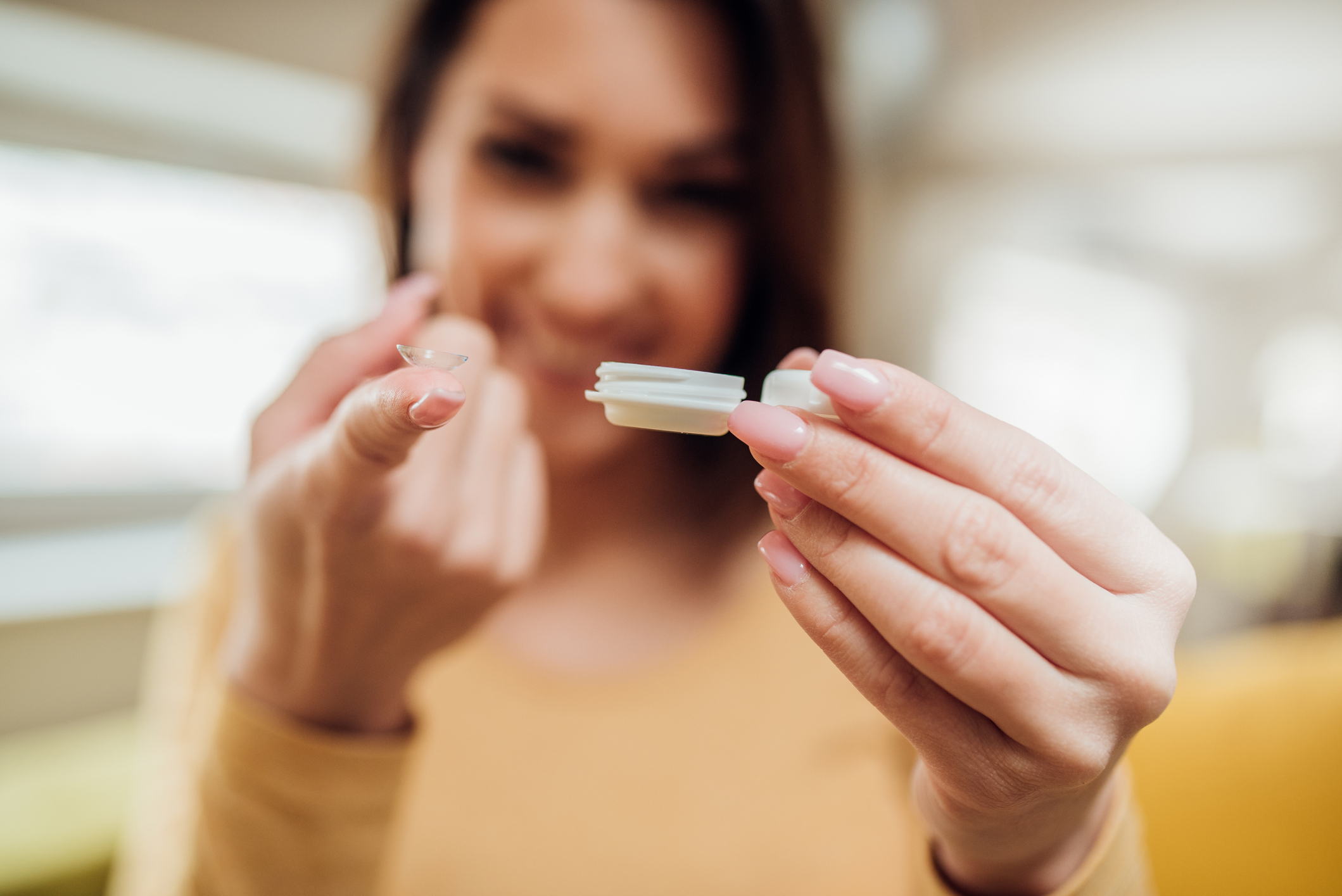Disposable Contact Lens Are Not So Disposable
Posted on July 16, 2019 in Vision Health

On an annual basis, Americans flush nearly 2.9 billion contact lenses down the drain, according to a 2018 research study from Arizona State University. Each year more and more research indicates that micro-plastics are becoming a macro-problem – polluting our rivers, streams, and oceans and ending up in our soil.
“Like many other plastic materials, the convenience of daily wear and extended wear contact lenses makes our lives easier, but we need to take the next step and dispose of them properly,” said Dr. Chad Overman, director of vision benefits for DeltaVision of Delta Dental of Iowa. “It’s a good idea for optometrists to remind patients about how lenses should be disposed of, train their medical and office staff members about the recycling options available and, when possible, participate in recycling programs.”
The 2018 study by researchers at Arizona State University found that nearly 50,000 pounds of contact lenses accumulate as sewage sludge in the U.S. each year. Allowing your disposable contact lens to swirl down the drain may seem harmless, however, when more than 22 million other Americans are also doing it, those small pieces of plastic become a major pollutant.
The researchers combined several data sources to calculate how many lenses end up in wastewater plants, including the total number of Americans who wear contact lenses, manufacturer data on how the different types of lenses breakdown, and then interviews with people about how they dispose of their lenses. Americans wear a total of 13 to 14 billion lenses per year with 22 million individuals tossing them down the drain, which gave the researchers an estimate of how many ended up in wastewater plants - 2.5 billion!
When these large amounts of micro-plastics exist in the environment they can be consumed by animals, birds or insects and make their way into the human food chain. If you or your family members are contact lens wearers, there are steps you can take to properly dispose of your contact lenses.
- Bausch & Lomb offers The ONE by ONE Recycling Program across the country with participating optometrists. The program accepts used contact lenses plus the plastic blister packs and top foil. These materials are then recycled. The boxes that your lenses come in can be recycled through regular municipal recycling programs.
- If you don’t think you’ll make the trip to your optometrist office to recycle the lenses, you can save them in a small cardboard box and once it’s full, print off a label and ship it directly to Terracycle, the recycling program partner.
- If you choose not to recycle the lenses, at a minimum, dispose of the lenses in your garbage.
“Much like the micro-plastics create a macro-problem, small changes in our daily habits can also make a macro-positive impact,” said Overman. “It’s easy to take a couple contact lenses for granted. The good news is that there are several easy options to recycle your lenses and feel good about that small change.”
Talk to your optometrist at your next appointment about recycling your contact lenses and the packaging.